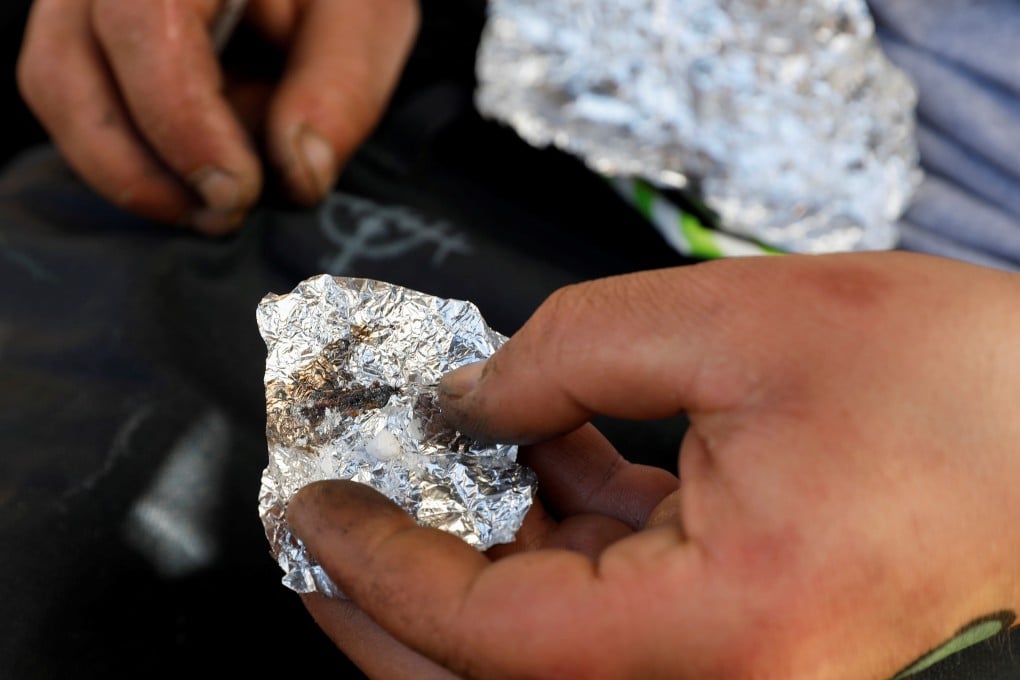China rejects blame for sharp rise in US fentanyl overdoses
- Chinese embassy in Washington blasts congressional report finding that Beijing has failed to stop synthetic opioid reaching US
- Report’s claim that China is sending raw materials for the drug to Mexico is ‘irresponsible and utterly false’

The report said China is sending raw materials to Mexico, where cartels manufacture them into fentanyl and deliver them into the US.
“These assertions are highly irresponsible and utterly false. Up to now, China has not found any scheduled precursor chemicals trafficked to Mexico, or received any notification from the Mexican side about seizing scheduled chemicals originating from China,” the embassy said.
“Such made-up allegations show zero sense of responsibility towards American fentanyl abuse victims and their families, and seriously mislead the Chinese and American people.”
However, fentanyl-related deaths have only increased since then. The US Centres for Disease Control and Prevention (CDC) reported in July a record 93,000 drug overdoses in the country last year, with fentanyl and its analogues accounting for most cases.